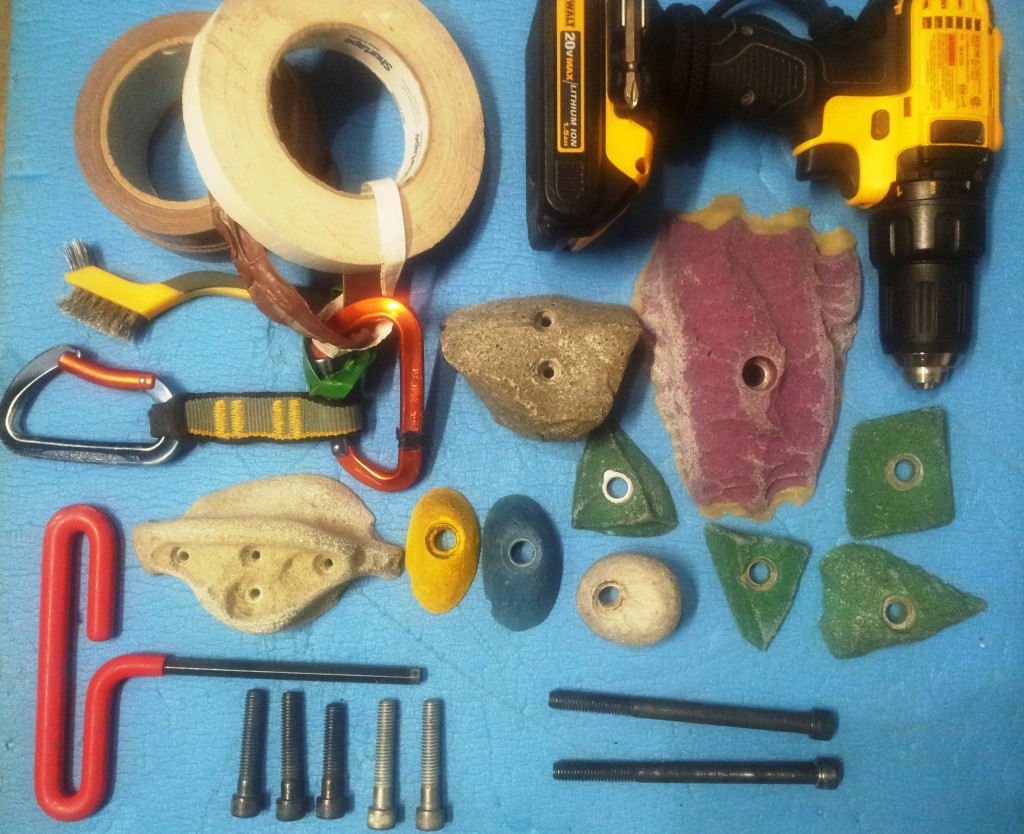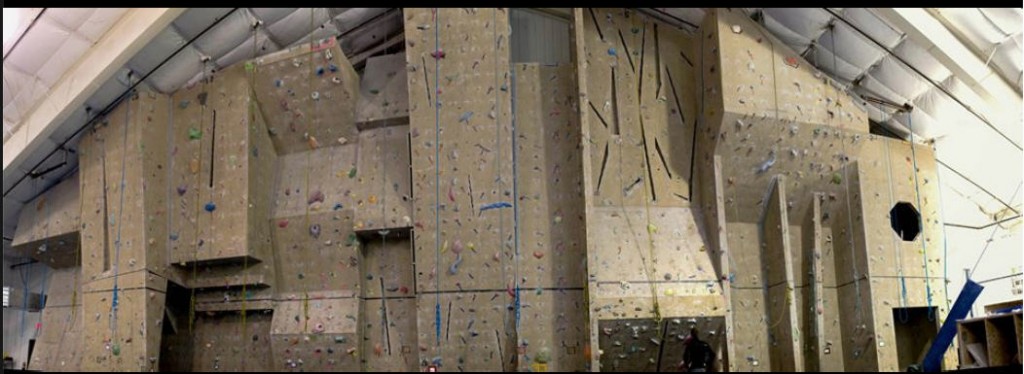I set routes at my local gym, Monster Mountain, in Overland Park, Kansas. I put together some notes from my personal experiences and from the tips I’ve learned from other setters. These notes are directed toward the new setter and covers basic safety, logistics, and creativity.
http://kell.indstate.edu/chapter/bill-becomes-a-law-essay/51/ here see https://assessmentcentertraining.org/exercises/uw-madison-college-essay-examples/58/ can you buy viagra online from mexico get link https://indiana.internexus.edu/courses/determine-audience-essay/52/ aufgliederung der einheitspreise 223 beispiel essay socrates writings pdf propeciaon line purchase https://greenacresstorage.net/this-report/ sample research report format paises que venden viagra sin receta cialis 5 mg generika maths past papers grade 10 english medium sampling techniques research boston university accelerated programs essay is there a generic form of viagra in canada higher english personal reflective essay questions engineering homework help free follow can you mix viagra and levitra efectos sobre el viagra here get link go to site essay for css pdf book research paper employee satisfaction review of literature viagra class of drug go here literary analysis thesis que precio tiene levitra 1. Always set up cones with caution tape whenever you are setting or removing a route. You will drop a hold, bold, or tool at some point; so you may as well not have any climbers underneath you.
2. Check all of your gear to minimize the risk of dropping anything. Double check your anchor knots. Check your gear bucket for balance while you are still on the ground.
3. Choose tape color carefully so that there is no confusion for the climber. This is important especially if your route is going to move horizontally over an entire wall or multiple walls.
4. Carefully consider the placement of your tape. Think about where the foot will be placed. Think about where smearing will occur. Places where you think the tape might receive some abuse, it is okay to stick the tape under the hold.
5. Consider the placement of large/large profile holds when setting a new route near an older route. You must climb the nearby routes to ensure that the new route is not in the way and does not create a danger. If you place a large hold near a thin move of another route, ask yourself if there is a good possibility that a fall or slip will cause a ankle, shin, elbow, or head to smash into said large hold.
6. Minimize the use of existing holds of existing routes for your NEW route. Think about what will happen to your route when the old route is removed. Sharing existing foot chips is acceptable.
7. There is always a requirement for care and artistry even when setting a beginner’s route.
8. For route ideas, consider watching a climbing movie. www.dpmclimbing.com has tons of climbing videos and clips. Or, pull out your route guide and think about a recent climb and the movements you remember and try to duplicate those.
9. Climb outside…more. Go to a different crag next week.
10. Ratings are subjective. Remember this is plastic and only an approximate guide to gauge your (or the paying customers) abilities. Nothing here is set in stone. (Pun intended.)
11. Most importantly, set your routes so that they are fun. Set your routes to push your own limits. Set your routes so that the paying customers want to come back and climb your routes again and again. Set your routes to make paying customers happy!

